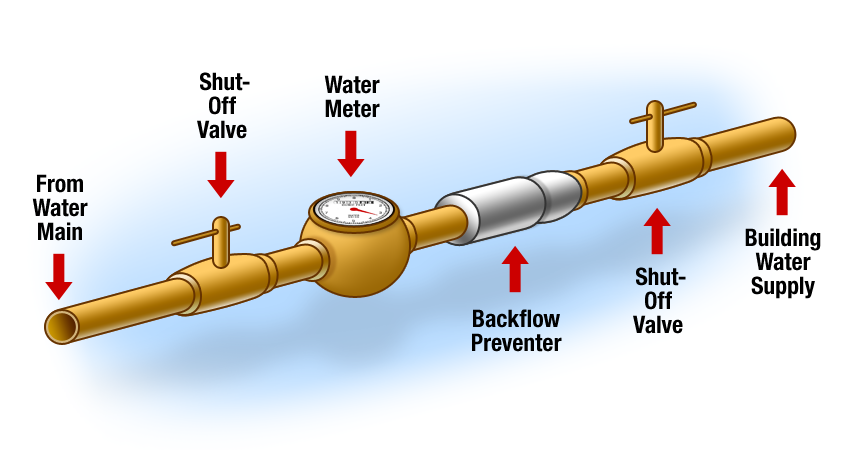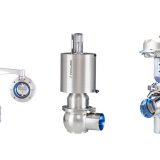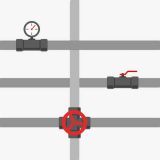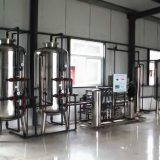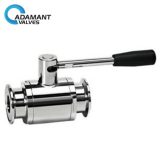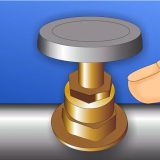Sealing property
The sealing performance of the valve refers to the ability of all sealing parts of the valve to prevent the leakage of media, which is the most important technical performance index of the valve. There are three sealing parts of the valve. The first is the contact between the opening and closing parts and the sealing cover of the valve seat; the second is the matching between packing and stem and stuffing box; the third is the connection between the valve body and the cover. The first leak in these sealing parts is called an internal leak, which is often referred to as a loose closure and affects the valve’s ability to cut off the medium. Internal leakage is not allowed for intercepting valves. The latter two leaks are called leakage, in which the medium leaks from the inside to the outside of the valve. Leakage will cause material loss and environmental pollution, even serious accidents. Leakage is not allowed for inflammable, explosive, toxic or radioactive media, so the valve must have reliable sealing performance.
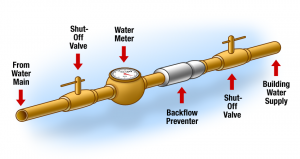
Flowing medium
When the medium flows through the valve, there will be pressure loss (i.e. pressure difference before and after the valve), that is, the valve has a certain resistance to the flow of the medium, which will consume certain energy to overcome the resistance of the valve. In terms of energy saving, the resistance of the valve to the flow medium should be reduced as much as possible when designing and manufacturing valves.
Open-close force and open-close torque
Open-close force and open-close torque refer to the forces or torques that must be applied to open or close the valve. When closing the valve, a certain sealing pressure shall be formed between the opening and closing parts and the sealing cover of the hair stand. Meanwhile, it is necessary to overcome the friction between stem and packing, between stem and nut threads, between stem end support and other friction parts, so a certain closing force and closing torque must be applied. The open-close force and open-close torque required by the valve in the process of opening and closing are variable, and the maximum value is at the final instantaneous of closing or the initial instantaneous of opening. Valves should be designed and manufactured to minimize their closing force and closing torque.
Action sensitivity and reliability
Action sensitivity and reliability refer to the sensitivity of the valve to the change of medium parameters. Functional sensitivity and reliability are very important technical performance indicators for throttle valves, pressure relief valves, control valves and other valves used to adjust medium parameters, as well as safety valves, steam traps and other valves with specific functions.
Service life
Service life indicates the durability of the valve, which is an important performance index of the valve and has great economic significance. The service life of the valve is usually expressed as the number of times required for opening and closing of the seal, or as the service time.
Adamantvalves supplies all kinds of high-quality valves such as sanitary butterfly valves, sanitary ball valves, sanitary diaphragm valves, sanitary shut off valve, etc. Please visit http://www.adamantvalves.com/ for more information.
